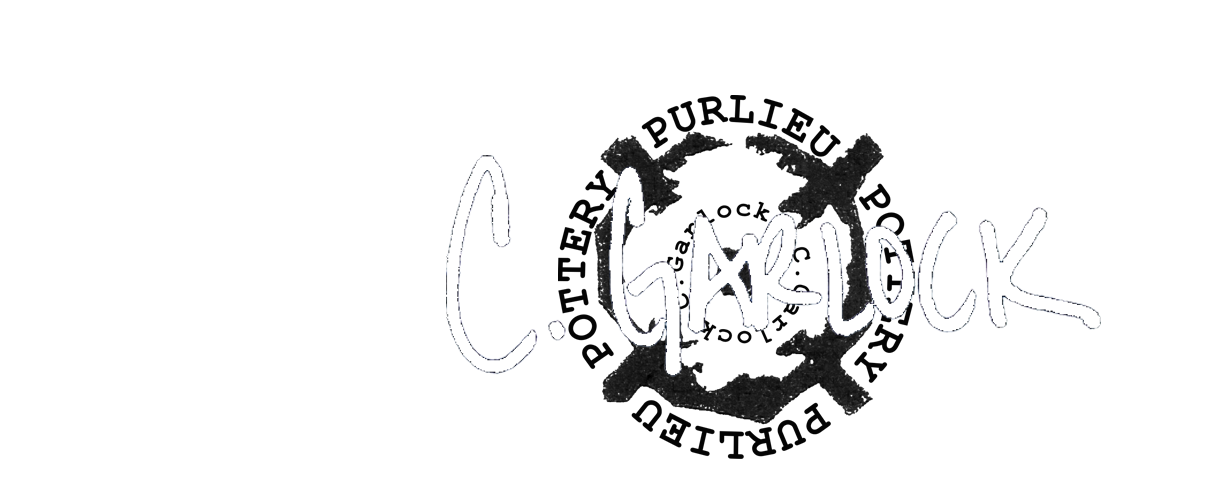I9_23_25 2005/ORNAinpink 2012/Sensory Disruption 2023
Mixed (digital color photo printed on Epson 2200, walnut oil glazes, resin, wood), Viscosity linocut print, Ceramic sculpture with stencil
BODIES:
ONE-2005 THE MALE NUDES AND LOOKING AT I9_23_25-
Edward Lucie-Smith, British art critic and photographer wrote, “Our inherited conventions for representing the nude, especially where an element of eroticism is involved, have now for several centuries been based on the female rather than the male body… posed to express allure, invitation, vulnerability, and surrender.” Many feminists have consciously inverted this role by using irony to depict male nudes in similar poses. (Refer to Linda Nochlin’s 1972 Buy my Bananas.) Yet, does this strategy break the stereotypes of representation or merely confirm the conventions of nudity without trying to understand what it is to be a male posing naked in front of a camera?
In my own work focusing on male nudes, I attempted to refute the strategy of using direct satire, instead finding postures and poses that correspond to the personality of the man being photographed. Inspired by the works of Karen Tweedy Holmes I strived to challenge the stereotypes developed for nudes of our gender. Karen Tweedy Holmes began taking photographs of male nudes in 1967. At the time she objected to the fact that, in America, the concept of the nude had come to signify woman rather than being a generic term indicating either sex. She also rejected the concept of photographing professional models, preferring to represent friends in order to avoid the art-class clichés and the emotional barrier that use of a professional model might raise.
There is a familiarity and playfulness evident in some of my works, especially the images of Isaac (I9_23_25.) Because we developed a strong friendship during grad school, the images of Issac show candor and relaxed personality. In a conversation about the work, Isaac stated: It’s a different feeling being the model for these than it is simply criticizing them from the outside. I think the ones featuring me are pretty compelling. Especially the one where I’m removing a sock. It’s definitely not what one would think of as an objectifying pose; however the inclusion of some clothing, but not the pants, adds emphasis to the sexual nature of the picture. There’s an uncomfortability for me as a viewer, though the model (who is also me) seems totally at ease, not violated.
The development of trust and rapport with the model were key factors in the success of my work. A relaxed intimacy, both on the part of myself and the model seemed to be achieved, allowing for insight into a different side of masculinity.
DECORATION AND THE BODY-
When I think about my male nudes, I can’t help but remember that I was purposely adorning the digital photos with seemingly whimsical tinted glazes and screenprints that were applied over the male nudes. I was flattening space through color choice and repetition of the cut squares. The light and color had been purposely manipulated in Photoshop, divorced from conventional light logic. This pictorial invention emphasized the decorative, the flattening of space. The male bodies became ornamentation.
By 2012, I had completely shifted away from the grid and began to relegate the male body into swirling layers of silhouettes and ornamentation. I had developed a new viscosity printing technique using Borco Board (VBC plastic board cover for the cover of drafting tables) which influenced the organic movement of textures. Between the years of 2007 to 2012, I was in a period of my life that allowed for experimentation for fun, not for any academic purpose. It was about techniques. It was about play. I do remember teaching a lot of workshops during this time, too. The Viscosity technique came from that space.
Viscosity Linocut is a relief and intaglio combination process that allows for simultaneous color printing. The plate is designed like a relief print, but the negative space is carved with deliberate texturing. The plate is then inked up and wiped with intaglio ink, followed by rolling out 3 different viscosities of colored relief ink. Each layer repels the layer below allowing for 4 different colors to be printed at one time.
After being diagnosed with MS, I also began to research the disease. Icons from the research did start to appear within some of the “Ornamen” Viscosity prints, like what is seen in ORNAinPink. Looking back, the ORNA series became a transition in style which opened up the door for me to abstract the body further.
BODY IN CERAMICS-
By 2019, it was clear to me that I was struggling more with my MS symptoms and that the flow between the brain and my hands was extremely difficult. It was also at this time that I decided to go back to ceramics. I wanted to explore more about what was happening to my brain, living with Multiple Sclerosis, the gaps in memory and the need for a slower thought process. Ideas are jumbled and sometimes overwhelming until my mind is rested. And yes, the pain - like little ants biting my muscles and long hooks pulling me in a direction I didn't really want to go towards.
I wanted the viewer to visually experience how it might be to travel through my mind, through mapping, transposition, image barriers, reflection and narrative.
I started to use the power of sculpture and mixed media in order to achieve visually what I couldn’t really define verbally. The sculptures themselves are completely abstracted non-specific gendered bodies. The limbs are metaphors of pain, stripped skin showing nerves and tendons. Hands and feet are non-existent. There are only flowers with puddles of blood in their place. By 2023, the body (as seen in Sensory Disruption) is further abstracted as a flowing, bulbous form supporting the nervous system which has also become nodes of blooming blood flowers.


